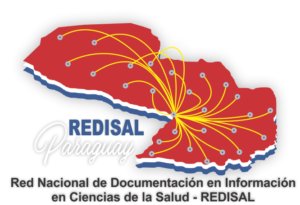Trisomía parcial del cromosoma 9. Reporte de un caso
Partial trisomy of chromosome 9. A case report
Mem. Inst. Invest. Cienc. Salud (Impr.); 3 (1), 2005
Año de publicación: 2005
La evidencia citogenética de una trisomía del cromosoma 9, ya sea de todo o parte del brazo corto, con o sin trisomía para el brazo largo, produce retardo mental y características físico clínicas constantes. Se presenta a una niña de 2 años y seis meses de edad, derivada al consultorio de genética por talla baja, hipoacusia, ausencia del lenguaje. Primera hija, de padres no consanguíneos, padre de 31 años de edad y madre de 29 años con prenatal controlado. Al examen físico presenta una circunferencia cefálica de 46 cm.(–2 DS), talla de 85 cm., peso de 10 Kg., con puente nasal alto, orejas prominentes de implantación baja, dedos de manos y pies cortos, con hipoplasia ungueal. El estudio cromosómico en linfocitos de sangre periférica estimulados con fitohemaglutinina mostró una trisomía parcial del cromosoma 9. Cariotipo 47,XX,+ (9) ( p11, 1; p24,3). Los hallazgos fenotípicos observados en la niña, son comparados con las de otros pacientes con otras alteraciones citogenéticas del mismo cromosoma, corroborándose la existencia de una región critica para el fenotipo descrito para el síndrome 9p.
The cytogenetic evidence of the partial trisomy of chromosome 9, either complete or affecting part of the short arm with or without trisomy in the long arm, produces mental retardation and constant clinical and physical characteristics. We present a 2–year and six months old girl, derived to the genetics consulting service because of low weight, hypoacusia and absence of language. She was the first daughter of non–consanguineous 31 year–old father and 29 year–old mother with prenatal control. To the physical exam she presented a cephalic circumference of 46 cm (–2 DS), 85 cm height, 10 kg weight, with high nasal bridge, prominent ears of low installation, short fingers of hands and feet with ungueal hypoplasia. The chromosome study of peripheral blood lymphocytes stimulated with phytohemagglutinin showed a partial trisomy of chromosome 9. Kariotype 47,XX,+ (9) (p11, 1; p24,3). The phenotypic findings observed in the girl are compared to those of other patients with different cytogenetic alterations of the same chromosome, being corroborated the existence of a critical region for the phenotype described for 9p syndrome.


